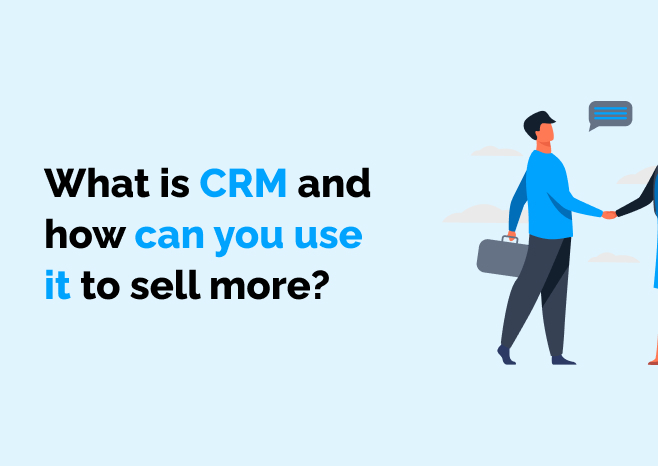Creating a B2B marketing action plan is essential for achieving your business goals and staying competitive in the market. A well-structured plan helps you outline your strategies, allocate resources effectively, and measure success. This article will explore the importance of a B2B marketing action plan, provide concrete examples, and outline steps to develop it successfully.
What is a B2B Marketing Action Plan?
A B2B marketing action plan is an operational document that describes all the actions planned for a given period, usually a year, to achieve specific marketing objectives. It serves as a roadmap for your marketing efforts, detailing the strategies, tactics, timelines, and resources needed to reach your goals[1].
Key Components of a B2B Marketing Action Plan:
- Objectives: Clear and measurable goals that align with your business strategy.
- Strategies: The overarching approaches you will take to achieve your objectives.
- Tactics: Specific actions and activities that support your strategies.
- Timelines: Deadlines and milestones for each tactic.
- Resources: Budget, personnel, and tools required to execute the plan.
- Metrics: Key performance indicators (KPIs) to measure success[2].
Why is a B2B Marketing Action Plan Important?
A B2B marketing action plan is essential for several reasons:
- Strategic Alignment: Ensures that your marketing efforts align with your overall business strategy and objectives[3].
- Resource Allocation: Helps allocate resources effectively, ensuring that budget, personnel, and tools are used efficiently.
- Performance Measurement: Provides a framework for measuring the success of your marketing efforts and making data-driven decisions.
- Adaptability: Allows for adjustments based on market changes and new insights, ensuring long-term relevance.
Concrete Examples of B2B Marketing Action Plans
Here are some real-world examples of B2B marketing action plans:
Example 1: Technology Company
- Objective: Increase brand awareness and generate leads.
- Strategies: Content marketing, social media engagement, and influencer partnerships.
- Tactics: Publish weekly blog posts, host monthly webinars, and collaborate with industry influencers.
- Timelines: Blog posts every Monday, webinars on the first Wednesday of each month, influencer campaigns quarterly.
- Resources: $50,000 budget, content team, social media manager, influencer outreach tools.
- Metrics: Website traffic, social media engagement, lead generation.
Example 2: Manufacturing Firm
- Objective: Improve customer retention and satisfaction.
- Strategies: Customer loyalty programs, personalized email campaigns, and product enhancements.
- Tactics: Launch a loyalty program, send monthly personalized emails, and gather customer feedback for product improvements.
- Timelines: Loyalty program launch in Q1, monthly emails on the 15th, quarterly feedback surveys.
- Resources: $30,000 budget, customer service team, email marketing platform, survey tools.
- Metrics: Customer retention rate, email open and click-through rates, customer satisfaction scores.
Example 3: Financial Services Provider
- Objective: Expand market reach and acquire new clients.
- Strategies: Targeted advertising, networking events, and strategic partnerships.
- Tactics: Run targeted ad campaigns, host quarterly networking events, and establish partnerships with industry associations.
- Timelines: Ad campaigns in Q2 and Q4, networking events in March, June, September, and December, partnership agreements by Q3.
- Resources: $75,000 budget, marketing team, event coordinator, partnership manager.
- Metrics: New client acquisition, ad campaign ROI, event attendance.
Steps to Develop Your B2B Marketing Action Plan
Developing a B2B marketing action plan involves several key steps:
- Define Clear Objectives:
- Establish specific, measurable goals that align with your business strategy. Examples include increasing brand awareness, generating leads, improving customer retention, or expanding market reach.
- Conduct Market Research:
- Gather data on your target audience, competitors, and industry trends. Use this information to inform your strategies and tactics.
- Identify Key Strategies:
- Determine the overarching approaches you will take to achieve your objectives. Examples include content marketing, social media engagement, email campaigns, and targeted advertising.
- Outline Specific Tactics:
- Detail the specific actions and activities that support your strategies. Examples include publishing blog posts, hosting webinars, running ad campaigns, and sending personalized emails.
- Allocate Resources:
- Identify the budget, personnel, and tools required to execute your plan. Ensure that resources are allocated efficiently to support your tactics.
- Set Timelines and Milestones:
- Establish deadlines and milestones for each tactic. This helps keep your plan on track and ensures timely execution.
- Define Metrics and KPIs:
- Determine the key performance indicators (KPIs) you will use to measure the success of your plan. Examples include website traffic, lead generation, customer retention, and ROI.
- Monitor and Adjust:
- Continuously monitor the performance of your marketing efforts and make adjustments based on new insights and market changes. This ensures long-term relevance and success.
Conclusion
Developing a B2B marketing action plan is crucial for achieving your business goals and staying competitive in the market. By following the steps outlined above and leveraging concrete examples, businesses can create a comprehensive and effective plan that drives growth and success.
How TwiLead Platform Can Help
TwiLead is an all-in-one sales and marketing automation platform designed to enhance your B2B marketing action plan efforts. With TwiLead, you can:
- Automate Data Collection: Use TwiLead’s tools to gather and analyze market data efficiently, ensuring you have the insights needed for strategic decision-making.
- Optimize Content Strategy: Leverage TwiLead’s content optimization features to create high-impact content that drives engagement and conversions.
- Track Performance: Monitor the success of your marketing action plan with TwiLead’s comprehensive reporting and analytics tools.
- Collaborate Seamlessly: Ensure seamless collaboration between marketing, sales, and customer service teams with TwiLead’s unified CRM platform.
- Adjust Strategies: Use TwiLead’s advanced features to make data-driven adjustments to your marketing strategies, ensuring long-term relevance and success.
By leveraging TwiLead’s robust features, businesses can streamline their B2B marketing action plan processes, save time, and drive more revenue. Whether you’re looking to define objectives, optimize content, or track performance, TwiLead provides the tools and support needed to succeed in today’s competitive market.
References
[1] B2B Marketing: Step-By-Step Strategic Guide (2023) – Zen Media
[2] How to develop your B2B marketing action plan for 2023?
[3] 16 EDITION 2023 B2B marketing mix report – Sagefrog Marketing Group, LLC



